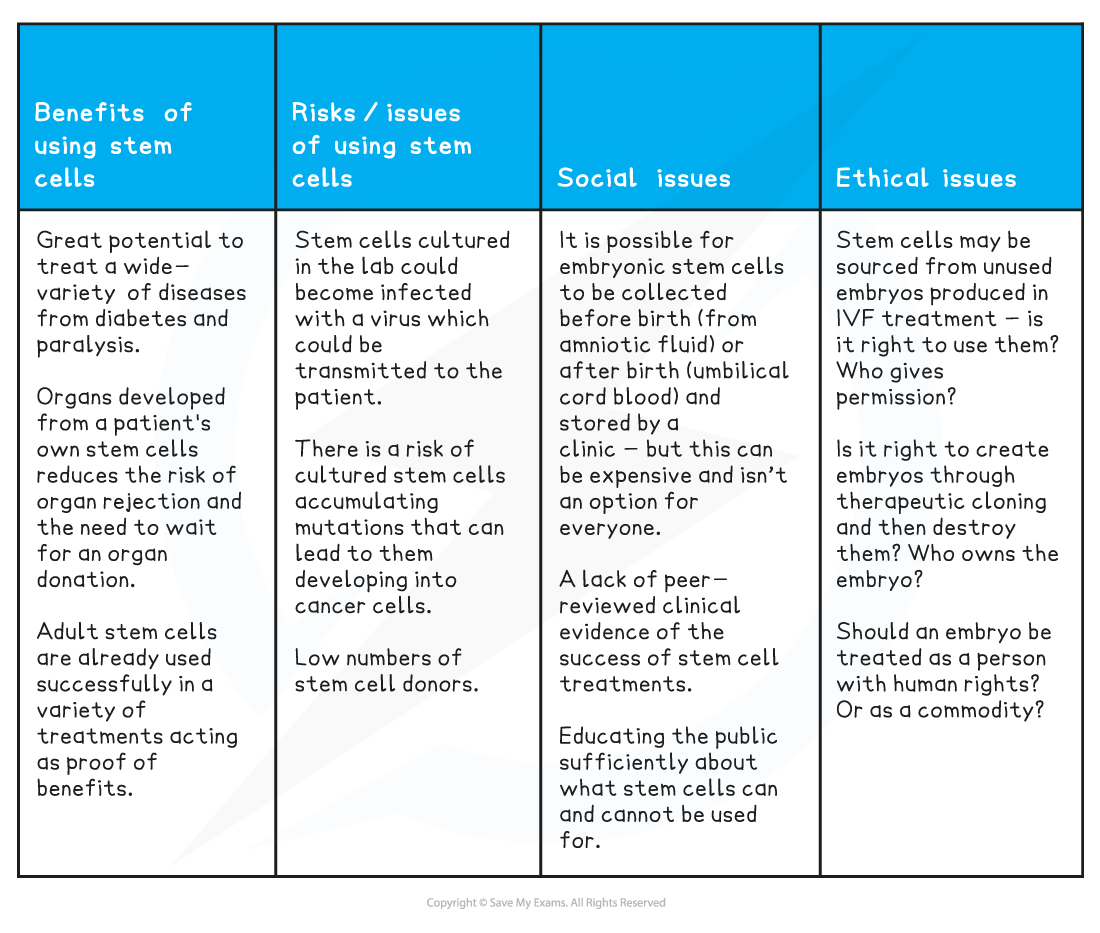2a. Structure & Function in Living Organisms: Levels of organisation + Cell structure
1/33
There's no tags or description
Looks like no tags are added yet.
Name | Mastery | Learn | Test | Matching | Spaced |
|---|
No study sessions yet.
34 Terms
what are the levels of organisation?
organelle
cell
tissue
organ
organ system
organism
what is an organelle?
a component within a cell that carries out a specific task
what is a cell?
a basic functional and structural unit in a living organism
what is a tissue?
a group of cells of similar structure working together to perform a specific function
what is an organ?
a group of tissues working together to perform a specific function
what is an organ system?
a group of organs with related functions working together to perform body functions within an organism
give some examples of organ systems in animals and plants
shoot system
root system
digestive system
circulatory system
immune system
respiratory system
excretory system
nervous system
reproductive system
what is the function of the nucleus?
contains genetic material in chromosomes which control how cells grow and work
controls cell division
what is the function of the cytoplasm?
supports cell structures
site of chemical reactions
contains water and many solutes
what is the function of the cell membrane?
holds the cell together
controls substances entering and leaving the cell
what is the function of the cell wall?
gives the cell extra support and defines its shape
what is the function of chloroplasts?
site of photosynthesis, providing food for plants
the chlorophyll pigments absorb light energy needed for the reaction to occur
what is the function of the vacuole?
contains cell sap
used for storage of certain material
helps support the shape of the cell, keeping it turgid
what is the function of the mitochondria?
site of aerobic respiration, providing energy for the cell
cells with high rates of metabolism (carrying out many different cell reactions) will have significantly higher numbers of mitochondria than cells with lower metabolism
what is the function of ribosomes?
site of protein synthesis
what is the function of the vesicles?
used to safely transport substances from one part of the cell to another
what are the main organelles found in animal cells?
nucleus
cell membrane
mitochondria
ribosomes
cytoplasm
what organelles are found in plant cells?
nucleus
cell membrane
mitochondria
ribosomes
cytoplasm
cell wall made of cellulose
permanent vacuole
chloroplasts
what is cell differentiation?
the process by which a cell changes to become specialised
when a cell differentiates, it developes a structure and composition of subcellular structures which enables it to carry out a certain function
what are specialised cells?
those that have devloped certain characteristics that allow them to perform particular functions. these differences are controlled by genes in the nucleus
animal cell differentiation vs plant cell differentiation
in animals, most cells differentiate at an early stage of development, so lose their ability to differentiate
in plants, many types of cells retain the ability to fully differentiate throughout the life of a plant
what are some examples of specialised cells?
ciliated epithelial cell
nerve cell
red blood cell
root hair cell
palisade mesophyll cell
where are ciliated epithelial cells found? what do they do, and how are they adapted?
in trachea and bronchi
hair-like extensions called cilia, which beat and transport mucus and trapped particles toward the throat
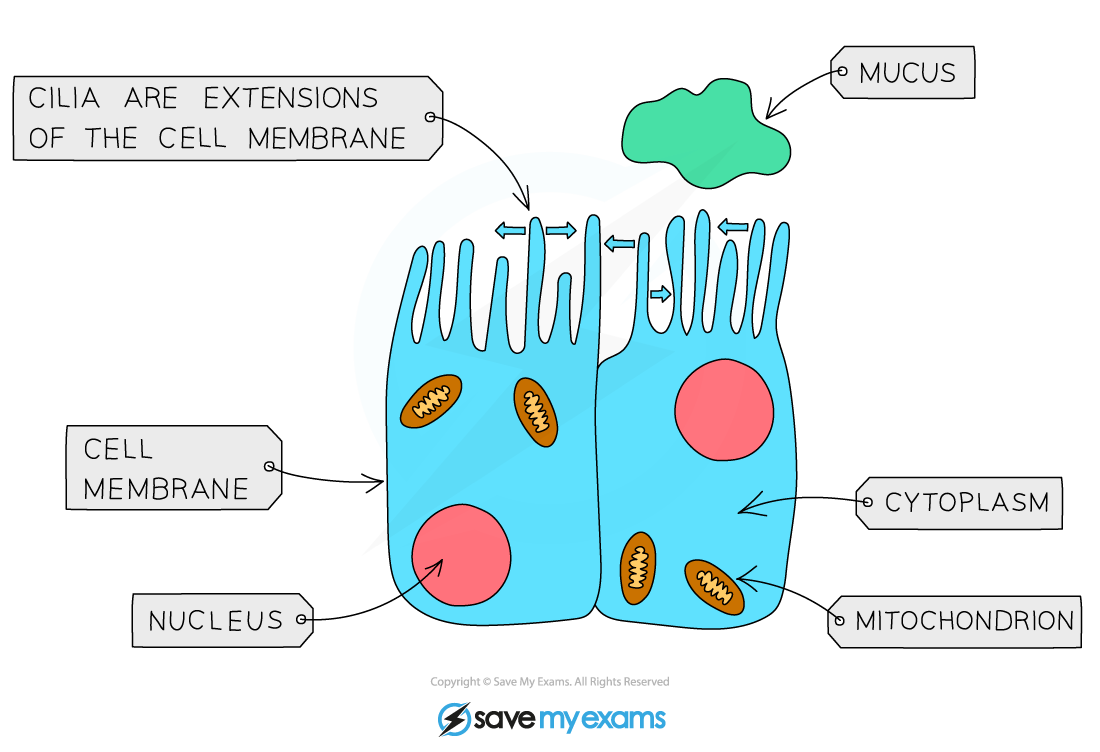
what do nerve cells do, and how are they adapted?
nerve cells conduct impulses
long, allowing for fast communication between different parts of the body and the CNS
their axons are covered in a fatty sheath that insulates and speeds up nerve transmission
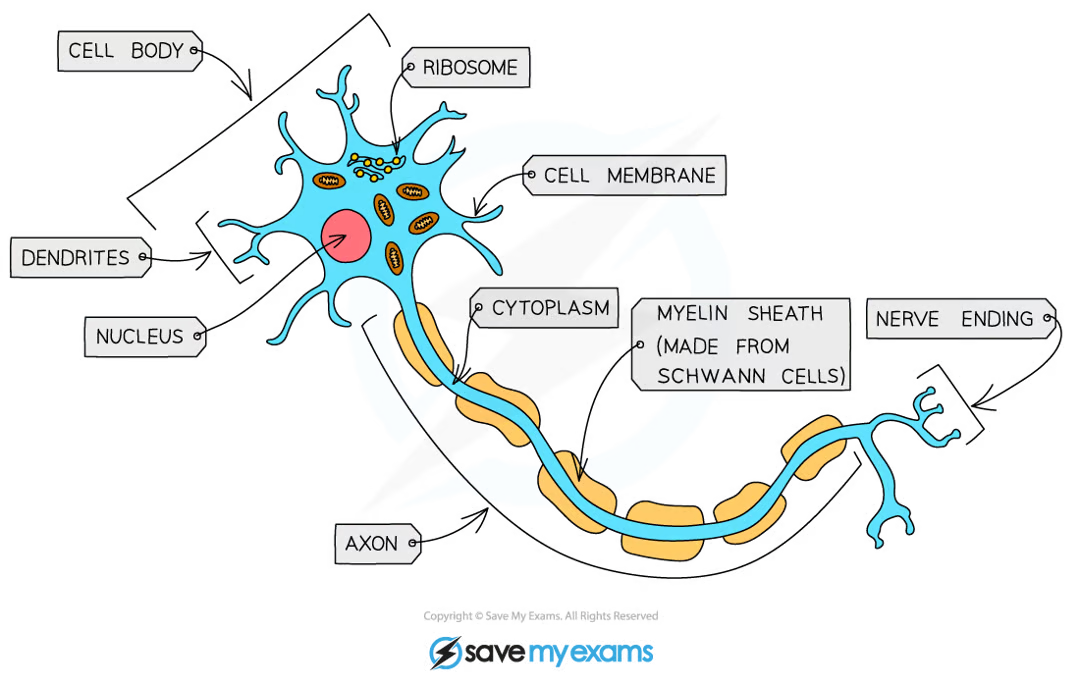
what do red blood cells do, and how are they adapted?
they transport oxygen
bioconcave shape, increasing surface area for oxygen diffusion
contain haemoglobin and lack a nucleus, maximising space for oxygen transport
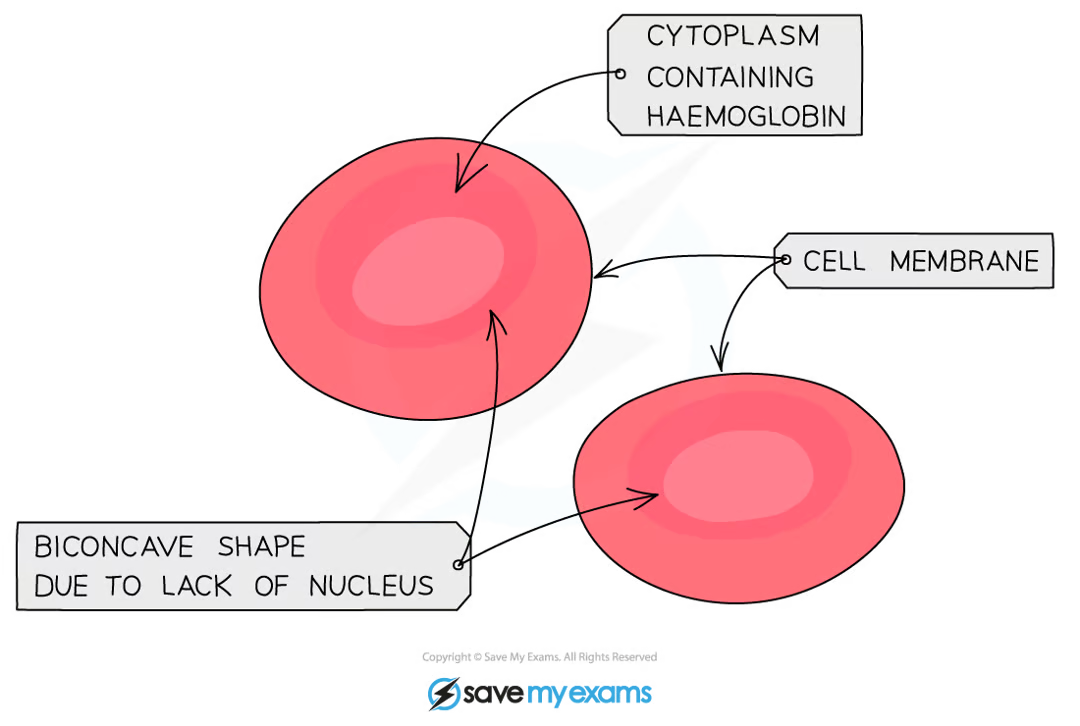
what do root hair cells do and how are they adapted?
root hair cells absorb water and mineral ions found in the soil
their long extensions increase surface area for maximum absorption
thin walls help move water quickly
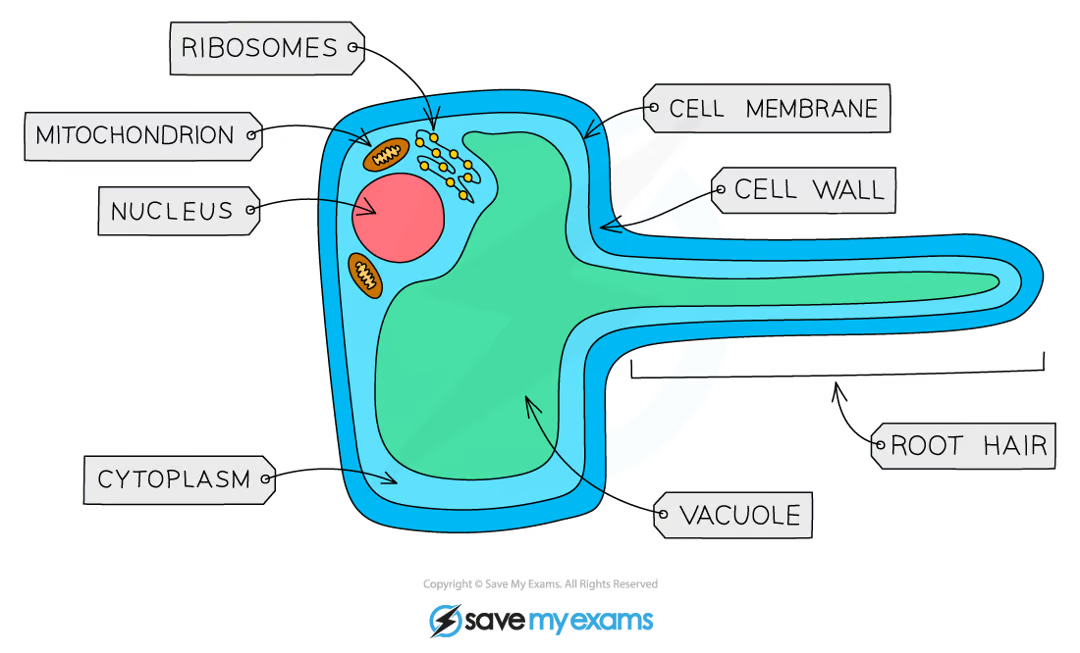
what do palisade mesophyll cells do, and how are they adapted?
palisade mesophyll cells perform photosynthesis
column-shaped to maximise light absorption
contain lots of chloroplasts to maximise photosyntheis
tightly packed to optimize photosynthesis

what is a stem cell?
an undifferentiated cell of an organism that is capable of dividing an unlimited number of times
stem cells can give rise to other cell types through differentiation
what are embryonic stem cells?
they are important as they help to form all of the different tissues and organs needed during development to form an individual - they are totipotent
what are adult stem cells?
they replace cells lost through damage or produce new cells for growth
(bone marrow continually makes new blood cells throughout life)
what are meristem cells?
found in plants, meristem cells are unspecialised cells that differentiate into cells in the plant where growth is occurring
what can stem cells be used for in medicine?
use embryonic stem cells to repair damaged organs
adult stem cells can also be used for this (but differentiate into fewer cells)
used to cure diseases in the future
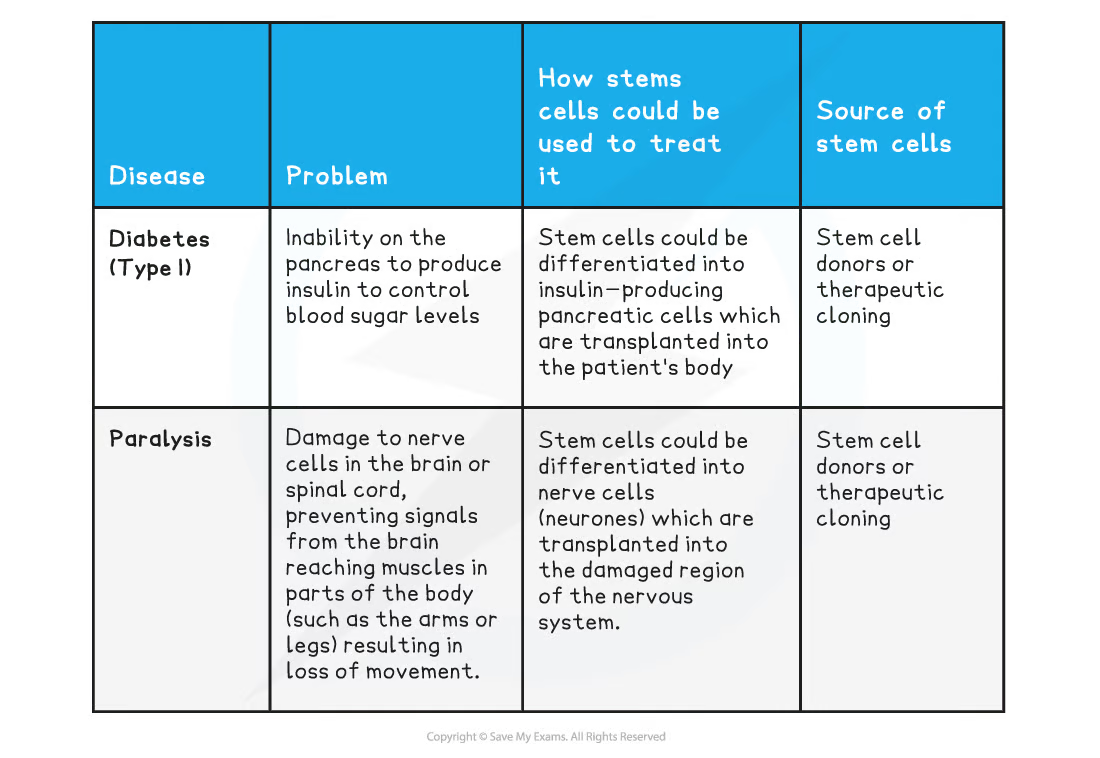
what is therapeutic cloning? where is it used?
an embryo is produced from a patient
stem cells are taken from the embryo and cultured in a petri dish
because they are genetically identical, the cells will not be rejected by the patient
is used to make pancreatic cells which produce insulin for diabetic patients
what are some benefits and issues of using stem cells in medicine?
